Our Verdict
Sparking Zero takes the Budokai Tenkaichi series to new heights, successfully recreating the grand spectacle of an epic Dragon Ball fight. With plenty of single-player content to get through, a custom battle mode bursting with potential, and online multiplayer to challenge players around the world, Dragon Ball fans have never had it better than this.
There’s never been a better time to be a Dragon Ball fan, and yet I don’t think the community knows just how good they’ve got it. While there was a steady stream of, if we’re honest, fairly mid DBZ games back in the ‘00s, the anime was still on hiatus and wouldn’t return for over a decade. The series has enjoyed a renaissance since 2012, and now we have Dragon Ball: Sparking Zero, a sequel that I never expected to arrive.
Dragon Ball: Sparking Zero is the fourth game in the Budokai Tenkaichi series, marking 17 years since the last release. A lot has changed since then, with the arrival of multiple movies, Dragon Ball Super, and even a new anime series set to debut later this month. More content means more characters, and the Sparking Zero roster features over 180 playable fighters, each with their own distinct movesets. Okay, so there are 19 versions of Goku included in that roster, but even if you remove all the transformations and variants, that’s still 81 unique characters to choose from.
Returning players can pick up exactly where they left off, with the fighting game‘s core mechanics remaining largely intact. Budokai Tenkaichi is known for its simplistic combat, with combos based on a series of button presses rather than traditional motion inputs. Considering the speed and intensity of the action, it’s incredible how easy it is to pick up and play Sparking Zero. You won’t be lost trying out new characters as the combo chains are mostly the same, and given the gigantic roster, that’s probably for the best.
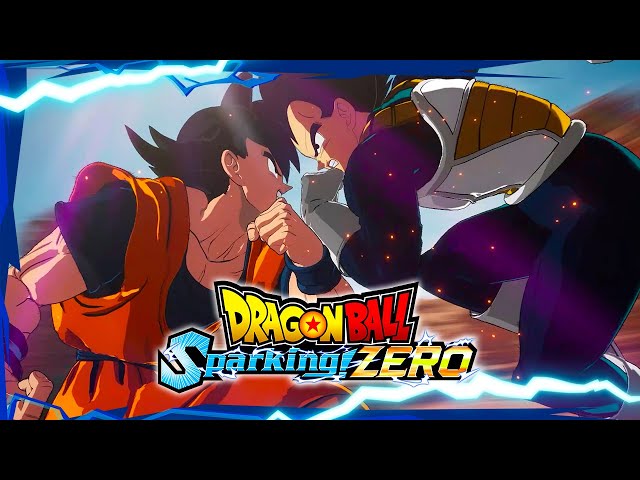
There’s a common misconception that these games are just button mashers, but a few missions into the campaign, the Great Ape Vegeta battle proves this really isn’t the case. A lot of the strategy comes from the defensive side of the anime game; picking the right opportunities to build your Ki, knowing when to block and when to go for a counter, and keeping track of each player’s skill counter is what it takes to win fights.
While there is a tutorial that takes you through all the main mechanics, it does a poor job of teaching you how to fight. For example, while it’s vital to know how to perform a Dragon Dash to chase down your opponent, it would be more helpful if the game created a scenario to show you why this move is important. You can get by knowing the bare minimum to complete the single-player content, but that limited knowledge isn’t enough to stop you from getting stomped online by veteran players.
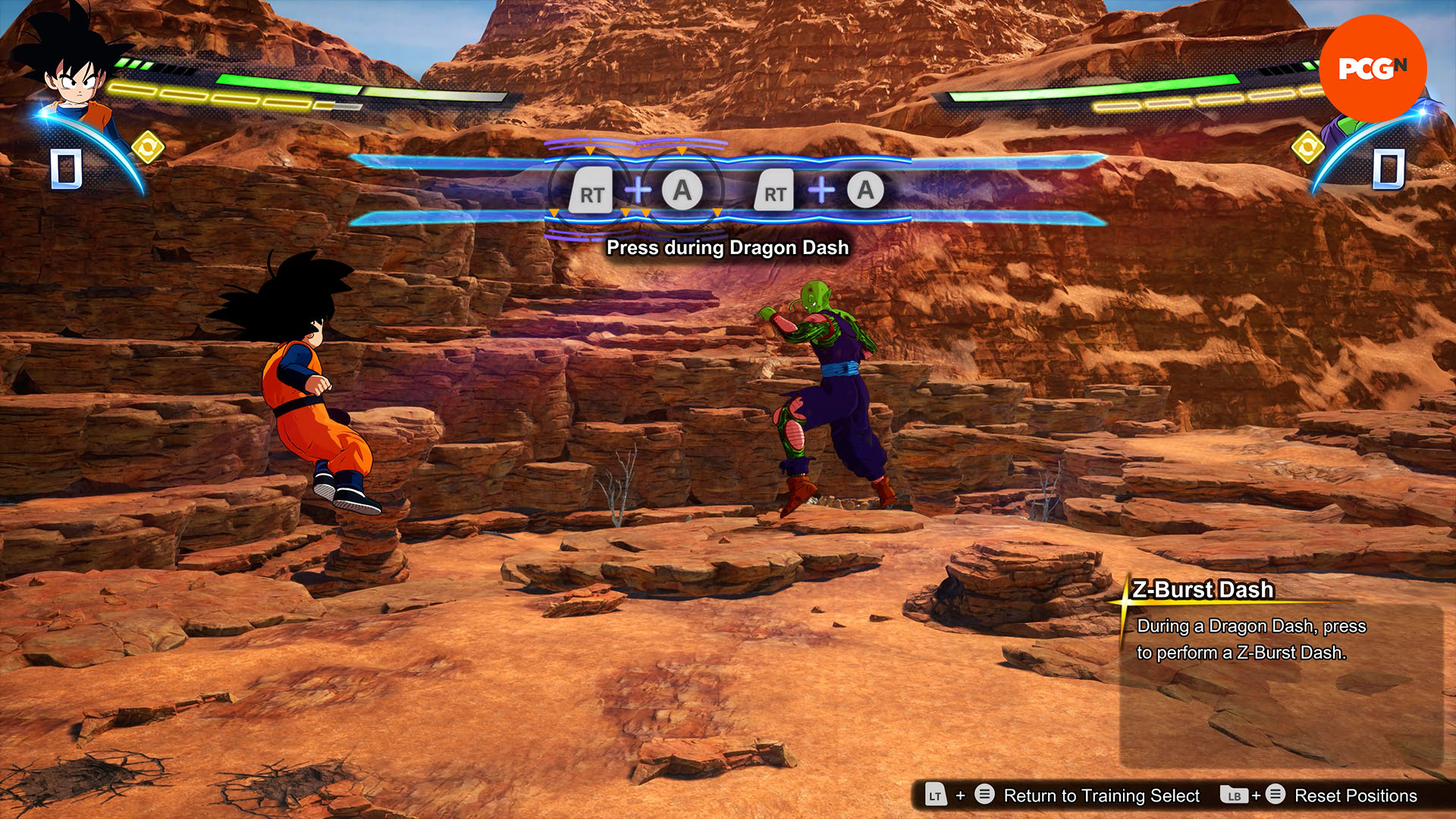
Sparking Zero’s Episode Battle is the game’s equivalent of a campaign, taking you through key moments in the series through the eyes of the main cast. While you can drop the difficulty level down to easy if you’re struggling, I’d highly recommend against that, as it’ll result in you being unable to access the story’s various branching paths.
These contain different mission objectives, requiring you to finish a battle in a limited amount of time or defeat an enemy with a specific attack. Doing so unlocks Sparking Episodes, special what-if scenarios that take the narrative in a new direction. These branching paths were easily the highlight of the campaign, and what surprised me most was how many of them appear throughout each character’s journey.
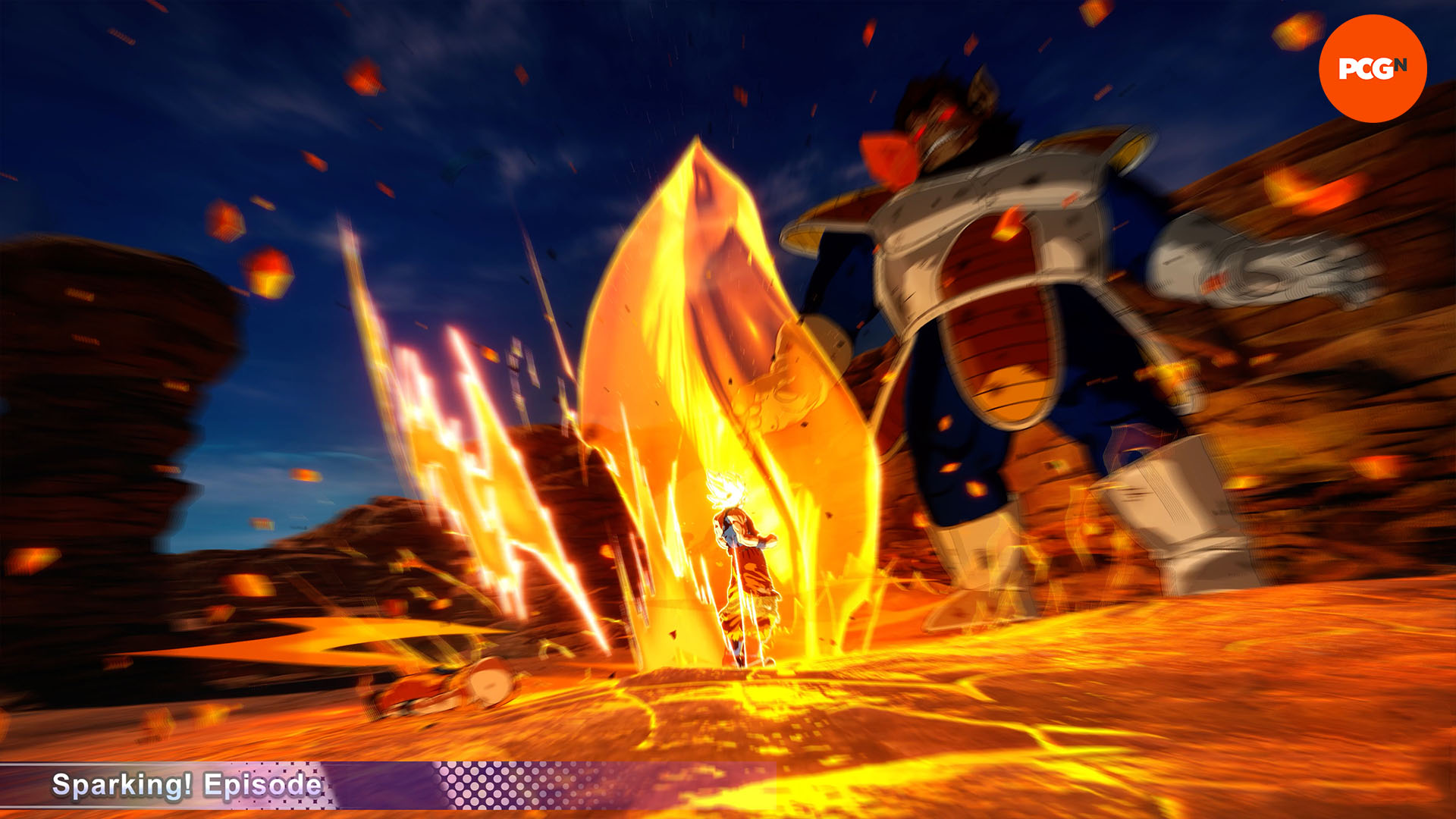
Unfortunately, the game’s cutscenes are pretty bare bones, featuring simple animations and an ungodly amount of freeze frames. While most of the cutscenes use the original voice actors from both the Japanese and English anime, hitting fans with waves of nostalgia as the characters recite some of their famous lines, the immersion just isn’t there, even during the most critical of moments.
If you’re feeling creative, though, Custom Battle gives you access to an editor where you can construct scenarios that play out like the campaign. For what I wrongly assumed was going to be a throwaway mode, the amount of detail you can add to the custom scenarios is seriously impressive. A Redditor was able to recreate a fight from DBZ where you’re absorbed by Cell as Android 17 which transforms him into his second form, forcing you to swap to Android 18. The editor lets you fine-tune the battle to trigger events, opening up the ability to create more intricate fights than what’s available in the main story.
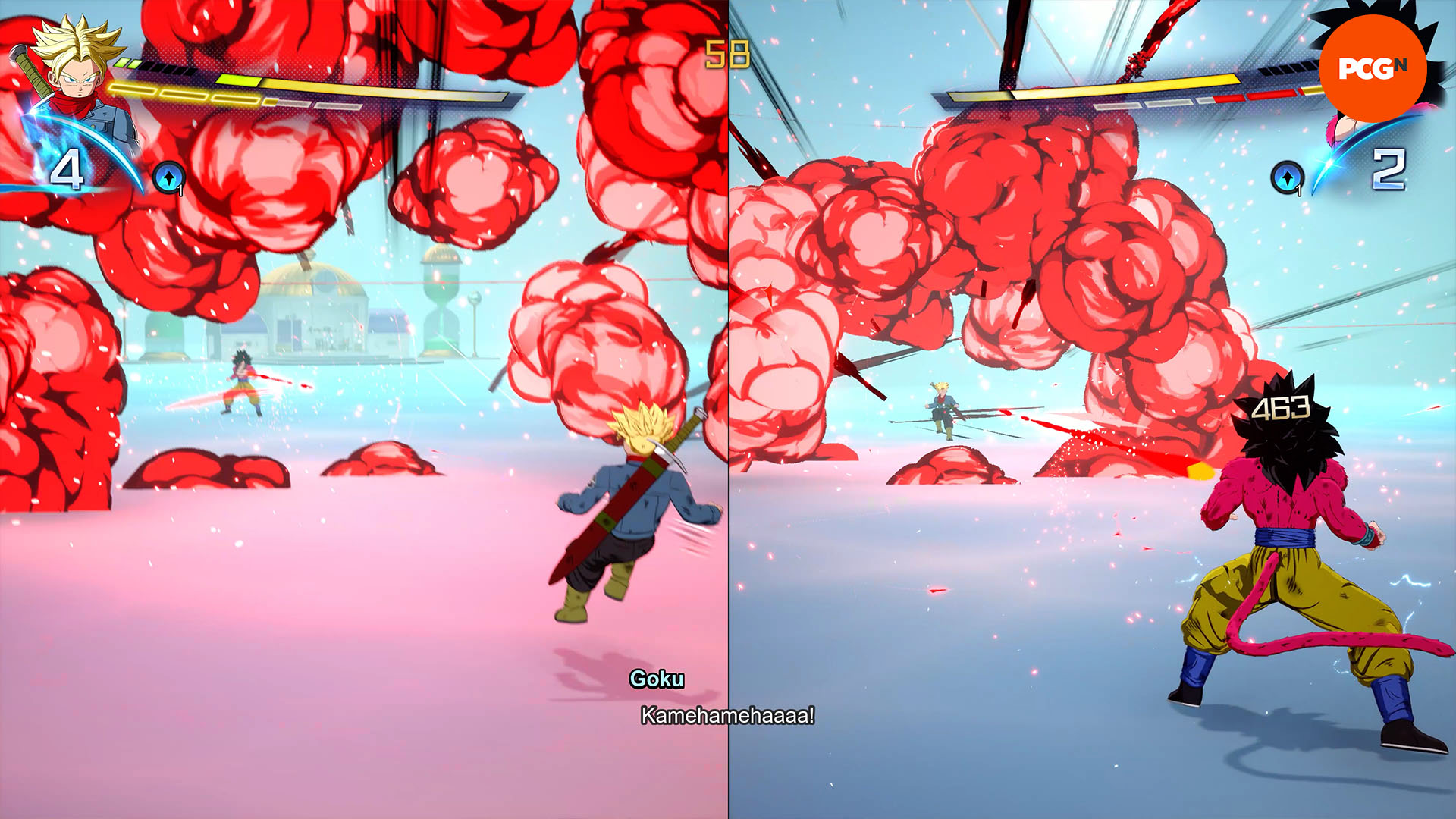
Budokai Tenkaichi has always featured split-screen local multiplayer, and for a while, it looked like this mode wasn’t going to make it into Sparking Zero. Thankfully there is a split-screen mode, but you can only play on the Hyperbolic Time Chamber map. I have to assume this is down to potential performance issues, as this is the only map with barely any destructible cover. I’d much rather have this mode in its stripped-back state than not at all, so this solution seems to work, and my experience playing in split-screen mode has been flawless.
You’d expect a game based on 30-plus-year-old source material to contain some deep cuts, and yet I was still shocked to experience some interactions that I’m sure players will never see in-game. It gets so granular that there are interactions between characters that you can only recreate using specific fighters on a particular map with a certain move. It’s clear this game was made by diehard Dragon Ball fans. No one was begging the devs to include Goku’s outfit from the time he visited planet Yardrat, but you better believe you can pick it. And, yes, there are glaring omissions like Vegeta’s iconic pink badman shirt, but I understand that it’s impossible to include everything.
![]()
Putting the gameplay aside, however, Sparking Zero’s PC port isn’t quite where it needs to be. The game doesn’t perform shader composition on start-up, so you’ll experience random stutters until everything’s sorted out. The game is also hard-locked at 60fps, and though it’s possible to uncap this limit, you won’t be able to play online without severe desynchronization issues. HDR support is lacking, with brightness being the only adjustable setting, and even then, the game looks better with HDR turned off.
Despite all of this, my biggest gripe has to be the lack of crossplay. Sparking Zero doesn’t appear to have any form of anti-cheat, so I’m not surprised to find that crossplay isn’t an option. Once cheaters get their hands on the game, there’s nothing in place to stop them from spoiling the online experience. On console, you’re less likely to run into bad actors, but if you plan on playing Sparking Zero competitively, you may want to avoid the PC version entirely.
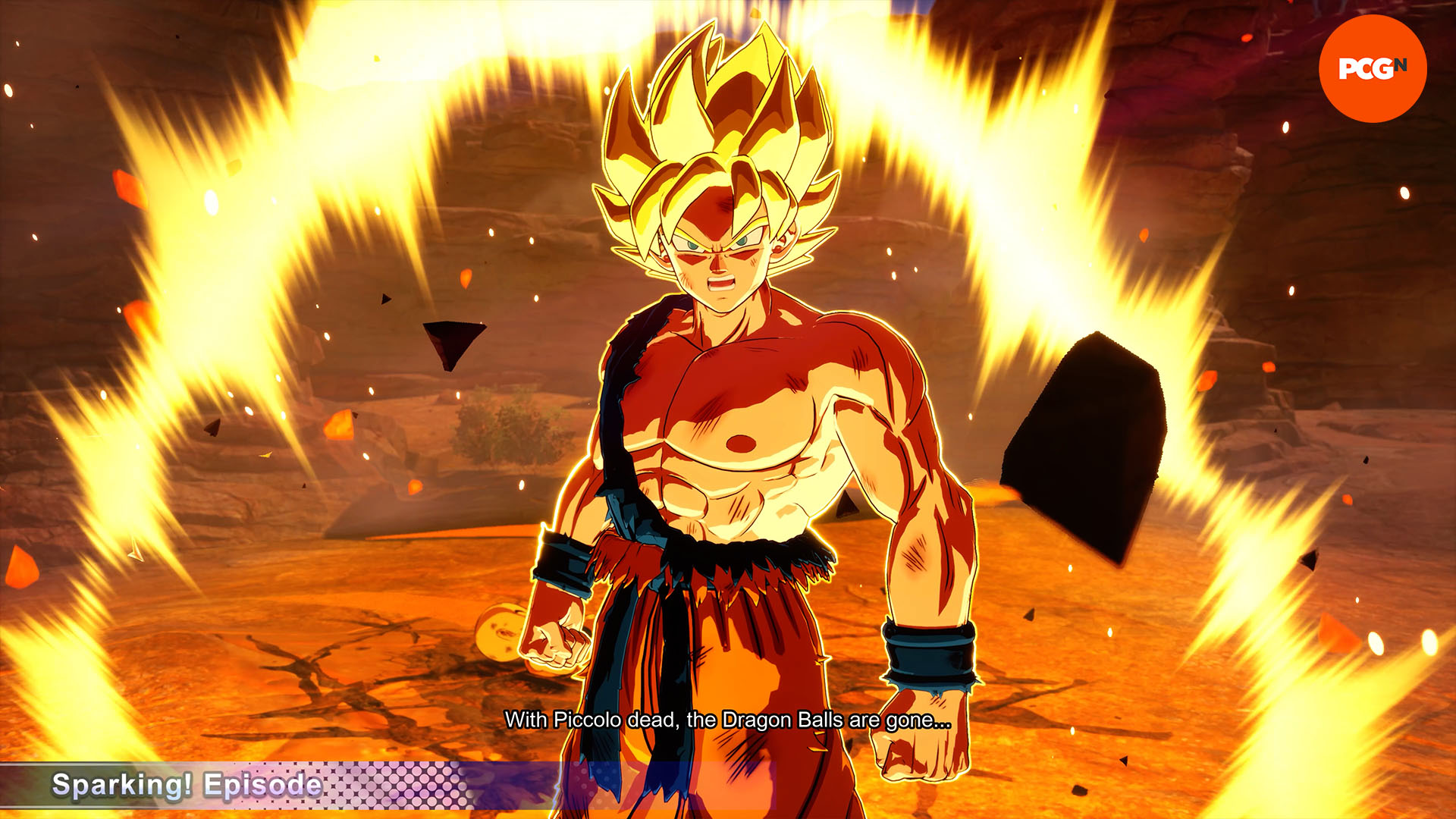
The only advantage to Sparking Zero not having any anti-cheat is that this opens up the mod floodgates. I’ve already seen a mod that lets you change the map in local multiplayer, and there are model swaps that let you play as CJ and Big Smoke from Grand Theft Auto: San Andreas. Online multiplayer might be off-limits in the future, but there’s no telling how good the custom single-player content could end up becoming.
Dragon Ball Sparking Zero manages to cater to every type of fan with simple yet surprisingly deep combat mechanics that make the game easy to pick up but difficult to master. With new content already planned through the season pass DLC and free updates, there’s enough content here to satisfy most players, even if they never touch the multiplayer modes.
